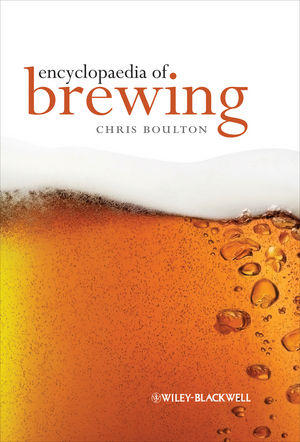Operations Perspective
Packaging lines affected by speed, complexities
Line speed must focus on fillers

Walking through beverage package production facilities, it becomes readily apparent that layouts, machines and conditions are vastly different than the recent past. This stems from packaging lines having more complex layouts, fillers being larger, container materials changing, adjustments for product characteristics, and the increased margins for speed levels.
The evidence has been observed, and results indicate that line speed is a major issue. Significant questions have arisen to address line speeds:
- How fast can beverage production lines really go?
- How fast should they go?
- What are the impacting factors that influence the speeds that are currently used?
- Are there limitations, theoretically and practically?
Analysis and evaluation of the many factors and recognition of limitations can identify and relate the progression of line speeds from past practices to current operating conditions. This offers insight about what the future might be for line speed situations.
The approach to line speed must focus on the fillers because it is the core for the entire line. Decisions on filler size, speed, capability and flexibility usually centers on speed. However, other factors might come into play that actually will decide filler operating speed. Acknowledgement of those factors is essential in filler/line speed decisions because faster might not always be better.
Some major issues are a product’s differing characteristics that determine how fast a product can be run. Container size, shape and type of material also will dictate the operating level. Meanwhile, the type of closure usually requires a machine with specific orientation capabilities. Finally, fill heights can be an issue as it has many tentacles because of regulations and cost.
Besides setting the speed level, other line operations must be compatible to meet filler input/output requirements. Such requirements include rinsing containers using advanced methods has kept pace; labeling, where still required, has used expedient methods; coding methods have gone through several generations to update with faster speeds; package wraps have made advances to cope with higher speeds; case packing offer designs able to match output rate; and palletizing cases, has resorted to updated models, robotics and slip sheets for transfer to storing.
All factors and compatibility issues have prevailed in line speed determinations in the past. Current filler designs and capabilities have brought changes to line layouts and equipment because the factors and compatibility operating conditions also changed. This raises the question, what are the future limitations of fillers and line speeds in a real-time beverage producing facility?
Realistically, beverage filler size can be limited when a point is reached where handling, cost and compatibility becomes operationally impractical or physically impossible. The impossible speed issue is, at what speed will rotation of the filler literally discharge a container off the filler? The impractical speed issue is, at what speed can be used to produce a quality package, beyond which would be impractical? Speed has to be dealt with using a practical, realistic and conditional philosophy — the laws of physics help determine that.
Looking for a reprint of this article?
From high-res PDFs to custom plaques, order your copy today!





